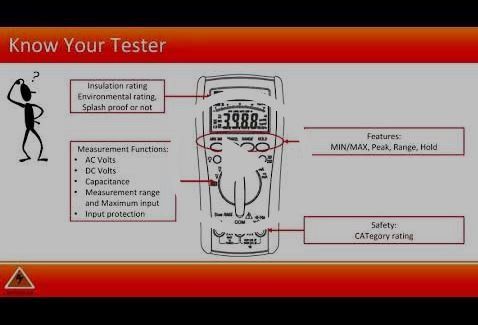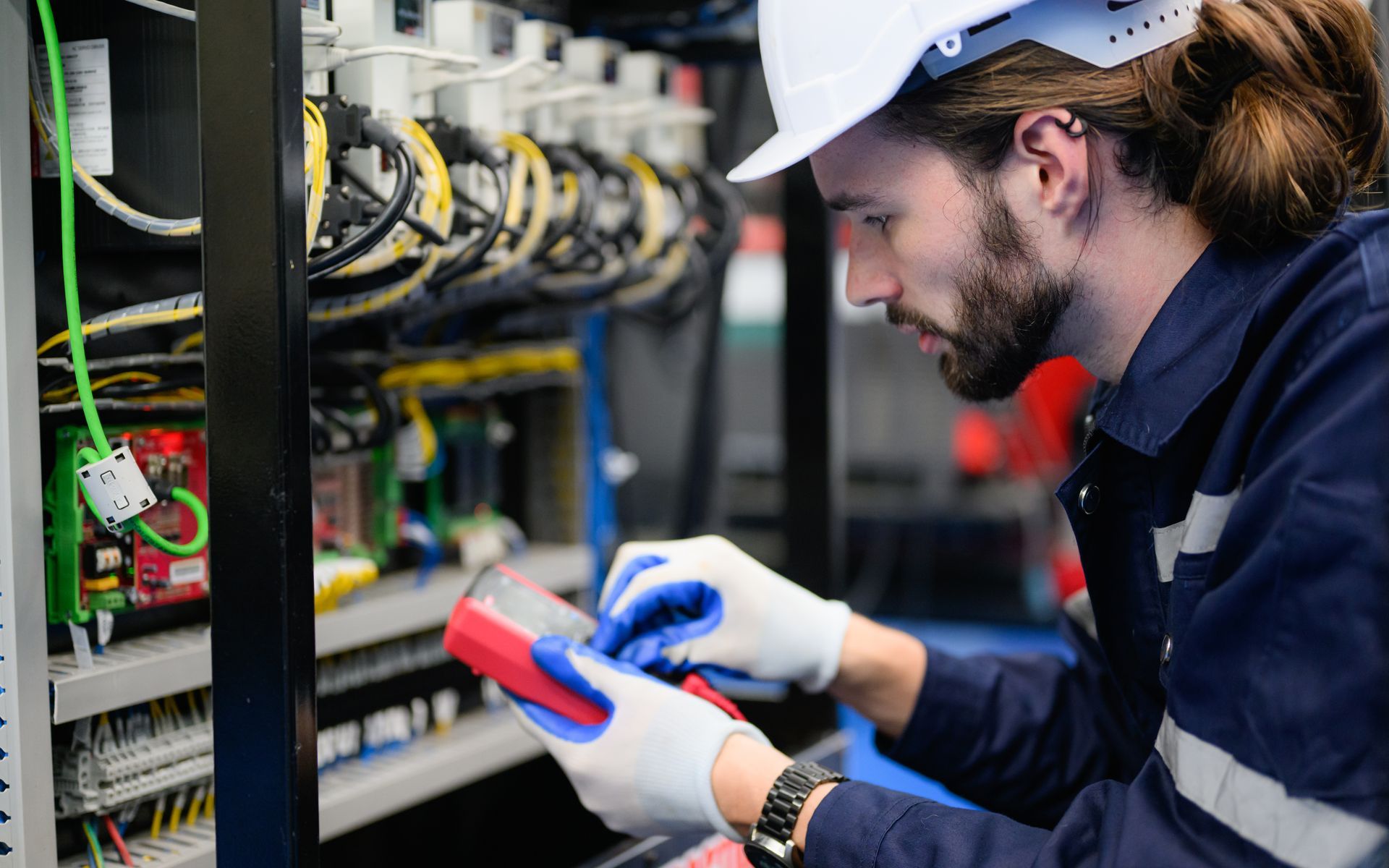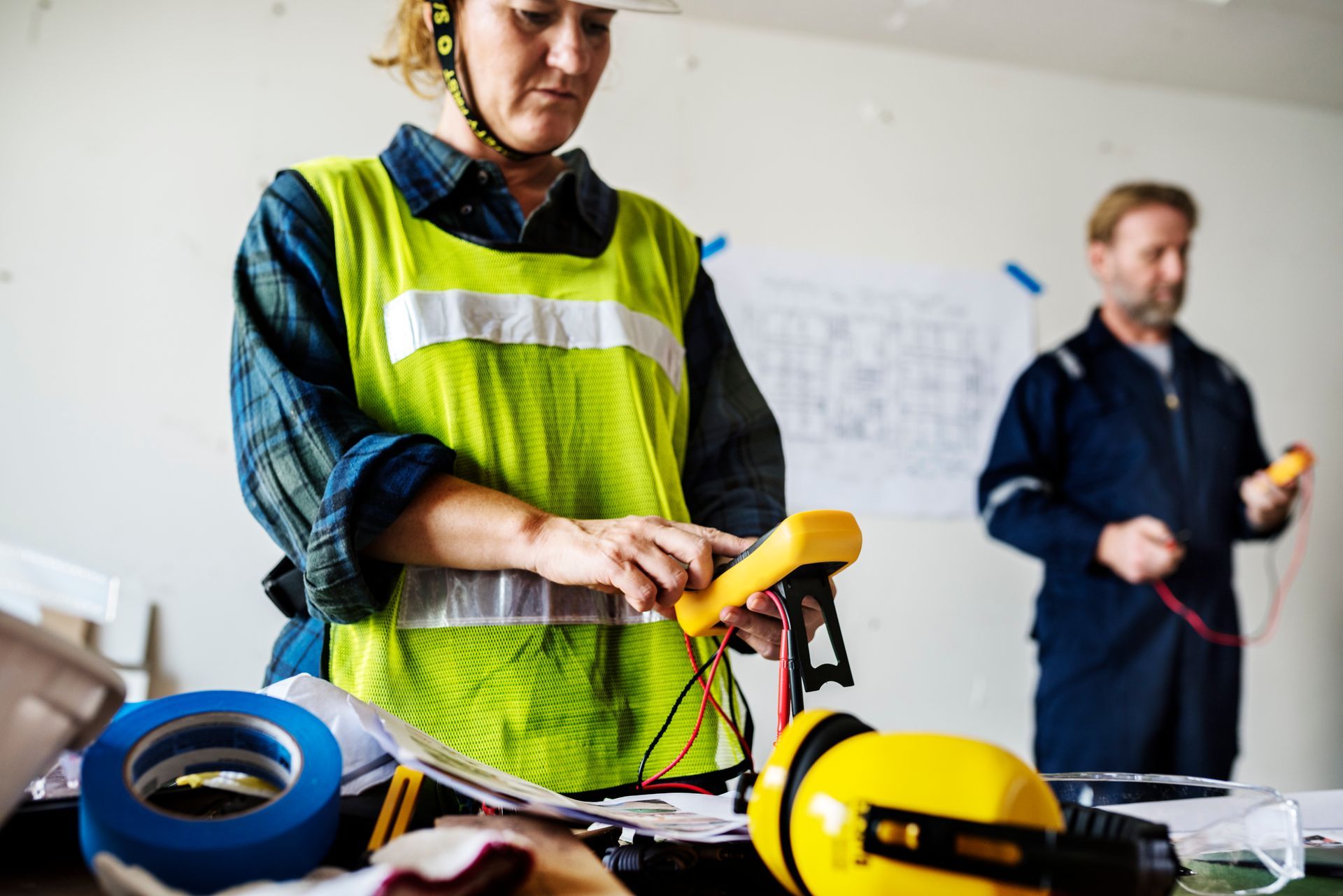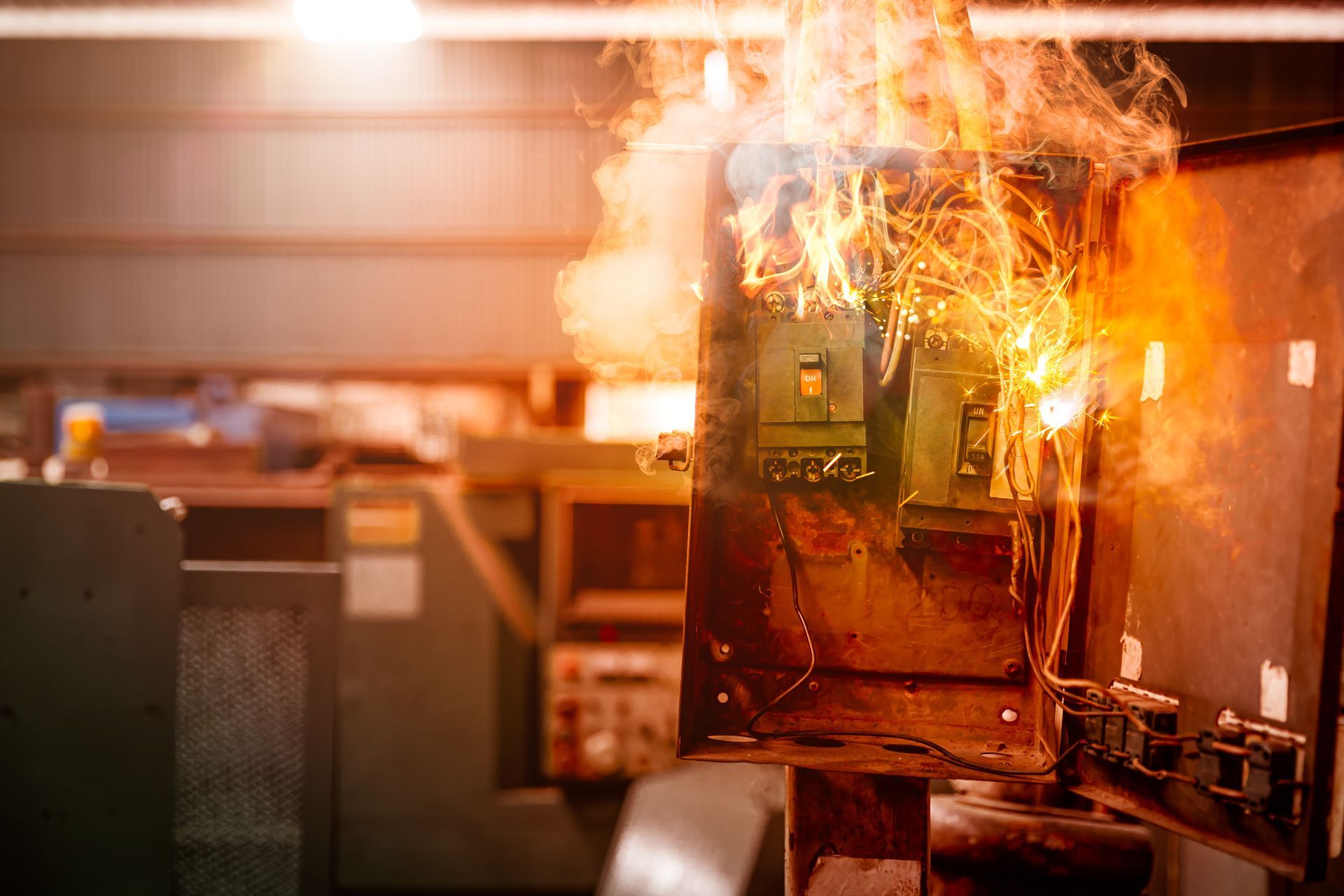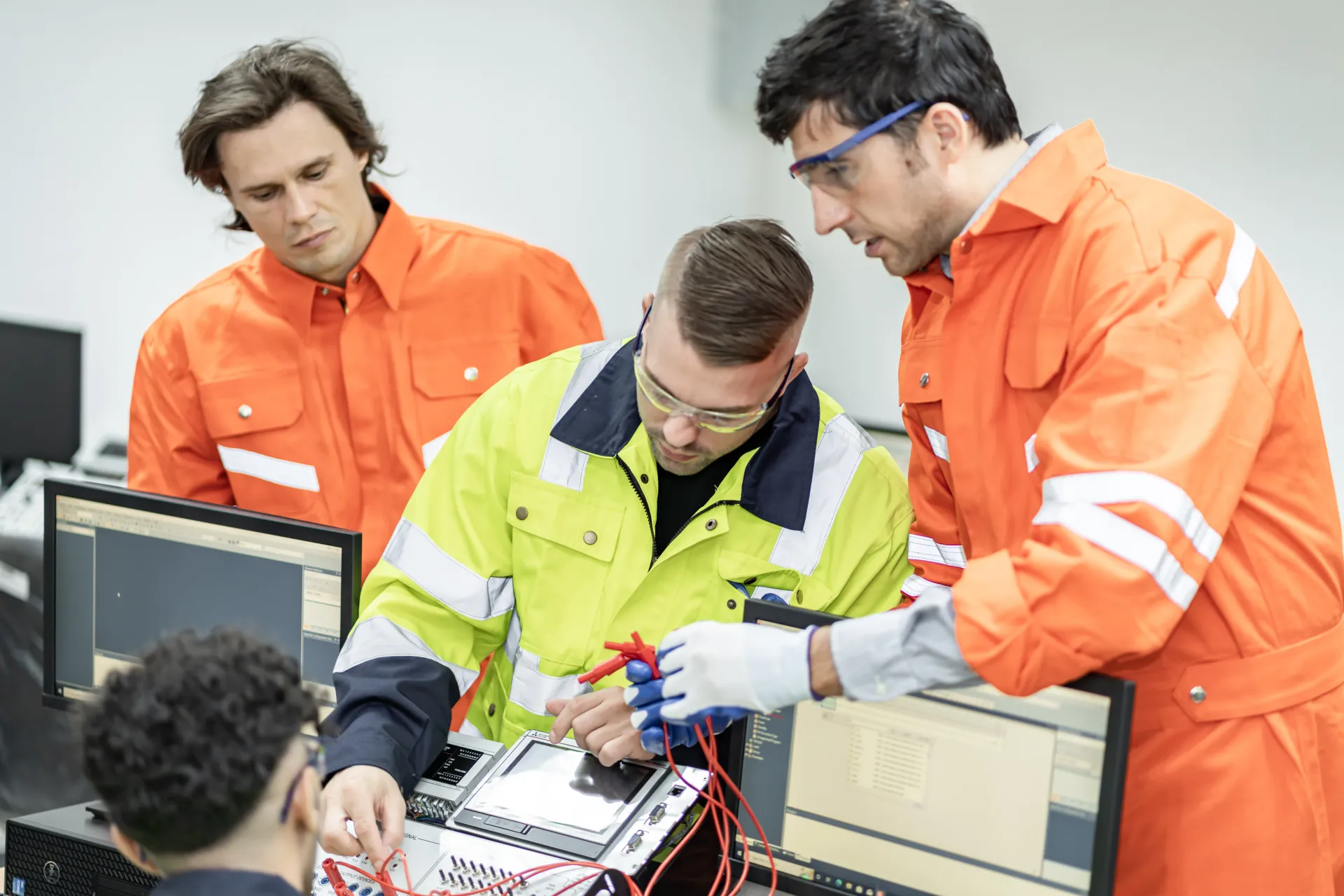By Sara DeSantis
•
September 22, 2025
Working with or near electrical equipment comes with inherent risks. One of the most severe dangers is an arc flash—a sudden, explosive release of energy caused by an electric arc. These events can produce intense heat, light, and pressure, leading to devastating injuries, equipment damage, and even fatalities. Proper training is not just a regulatory requirement; it's a critical component of a safe workplace. This post will explore the essentials of arc flash safety training, who needs it, and how specialized programs can create a more secure environment for everyone. An arc flash is a source of potential injury or damage to health associated with the energy released from an electric arc. The consequences are severe, including third-degree burns, blindness, hearing loss, and injuries from the concussive blast. Effective arc flash safety training equips workers with the knowledge to recognize these hazards, assess risks, and apply safe work practices to prevent incidents. It's about building a culture of safety where every team member understands their role in preventing electrical accidents.
